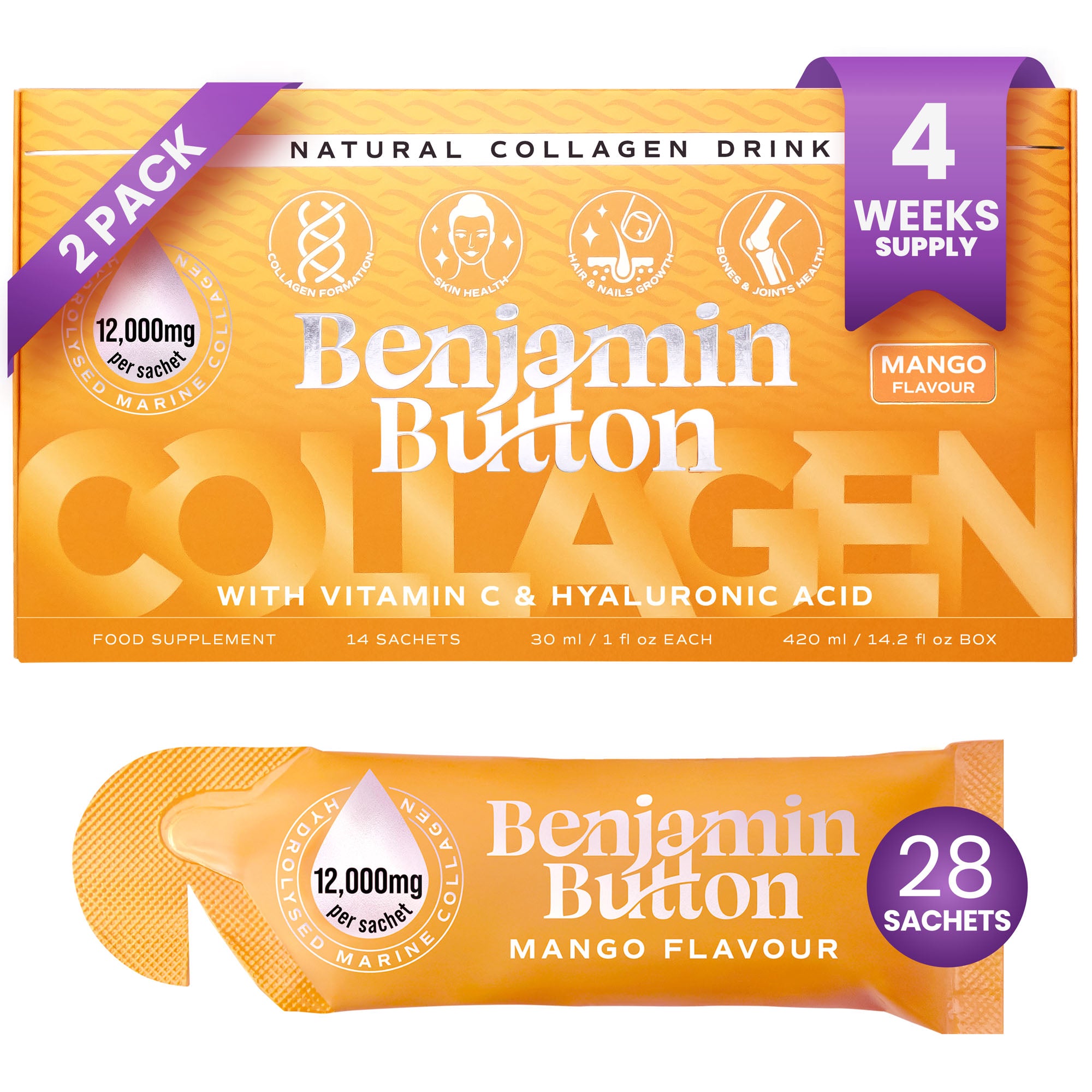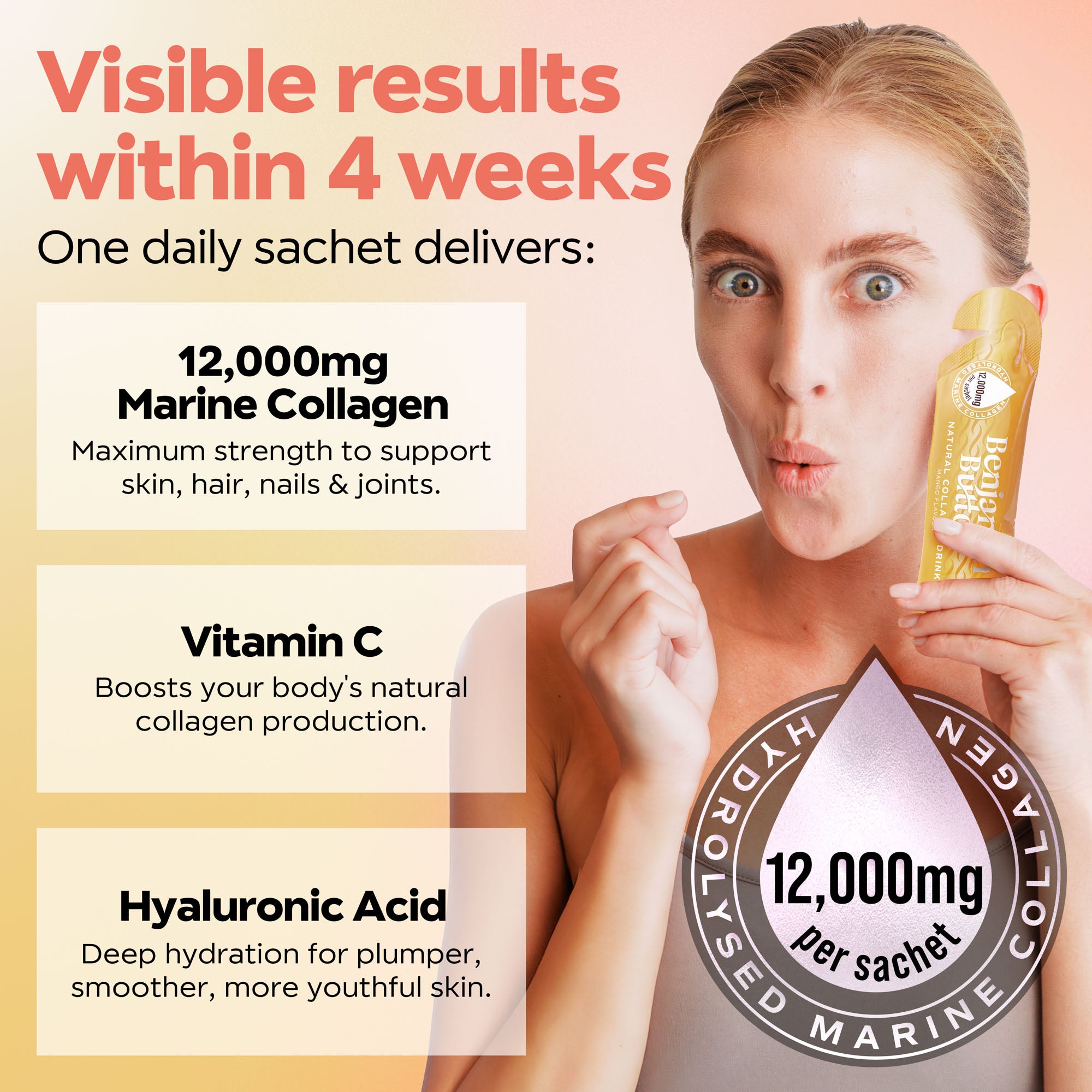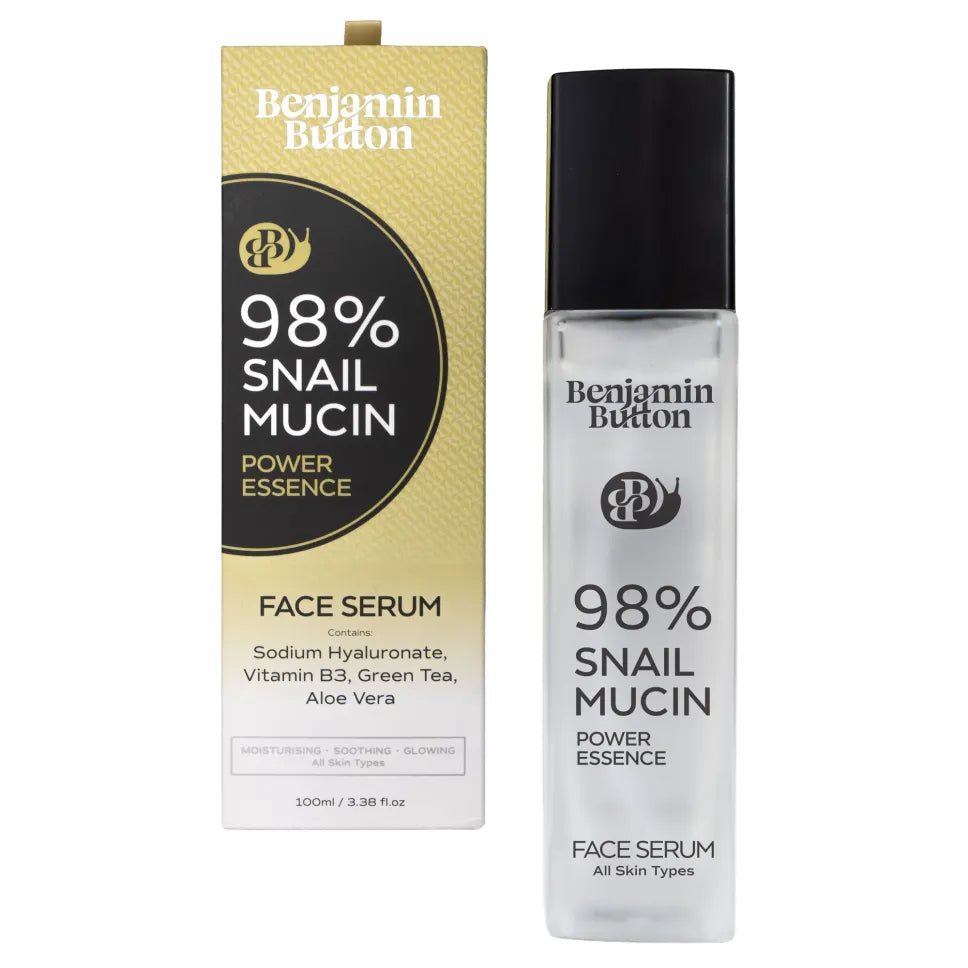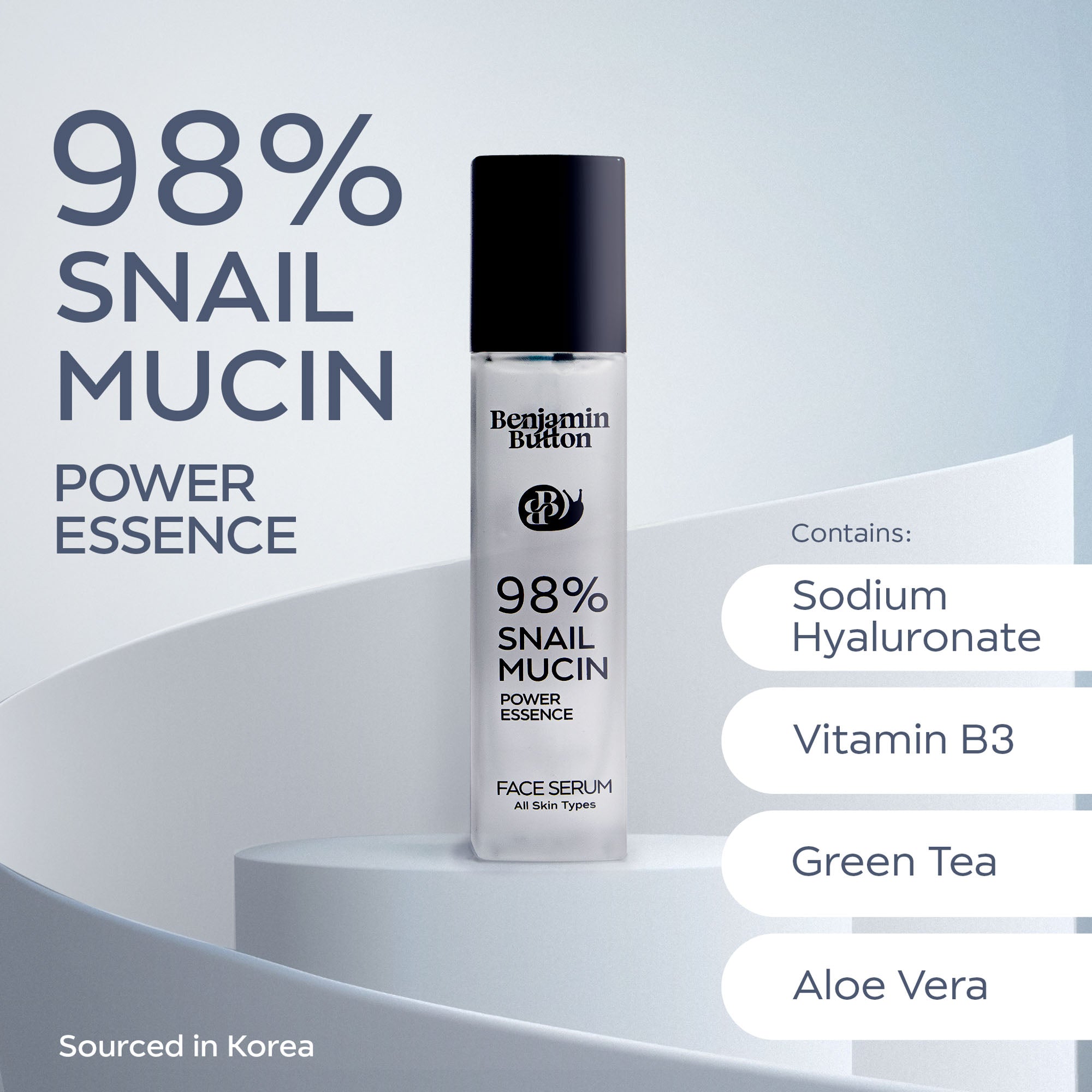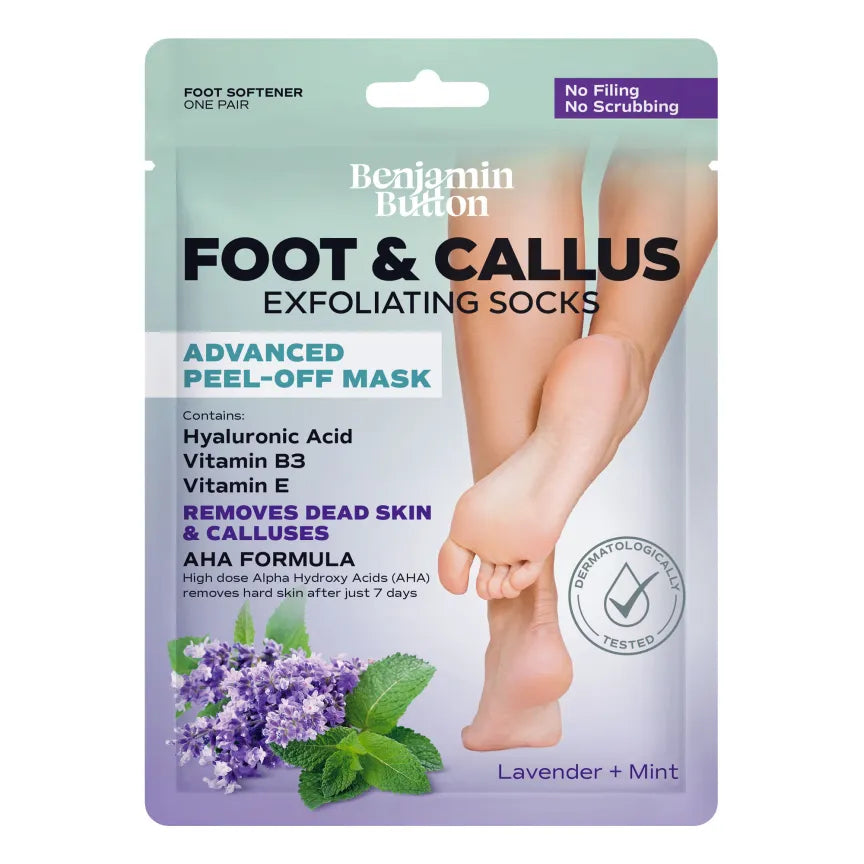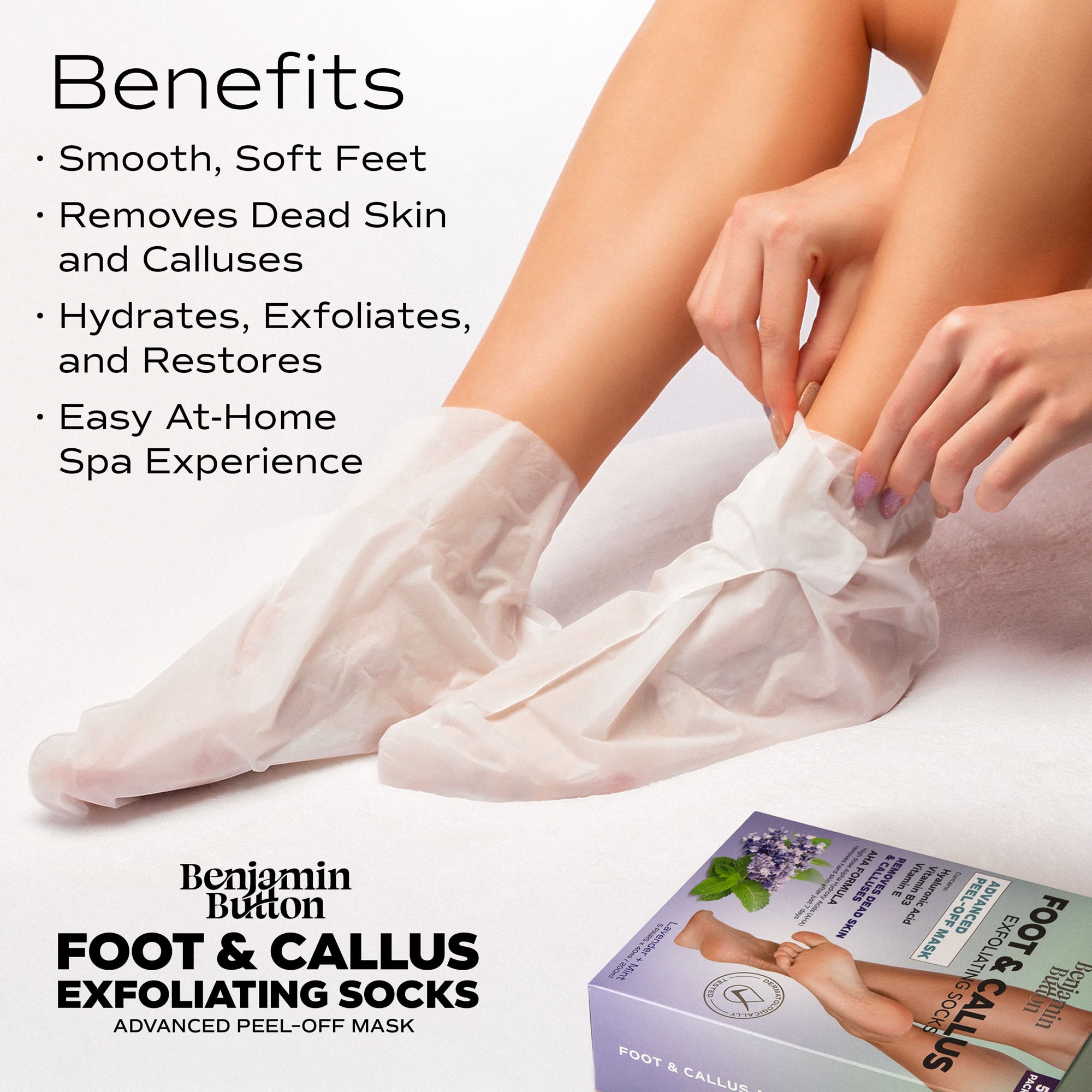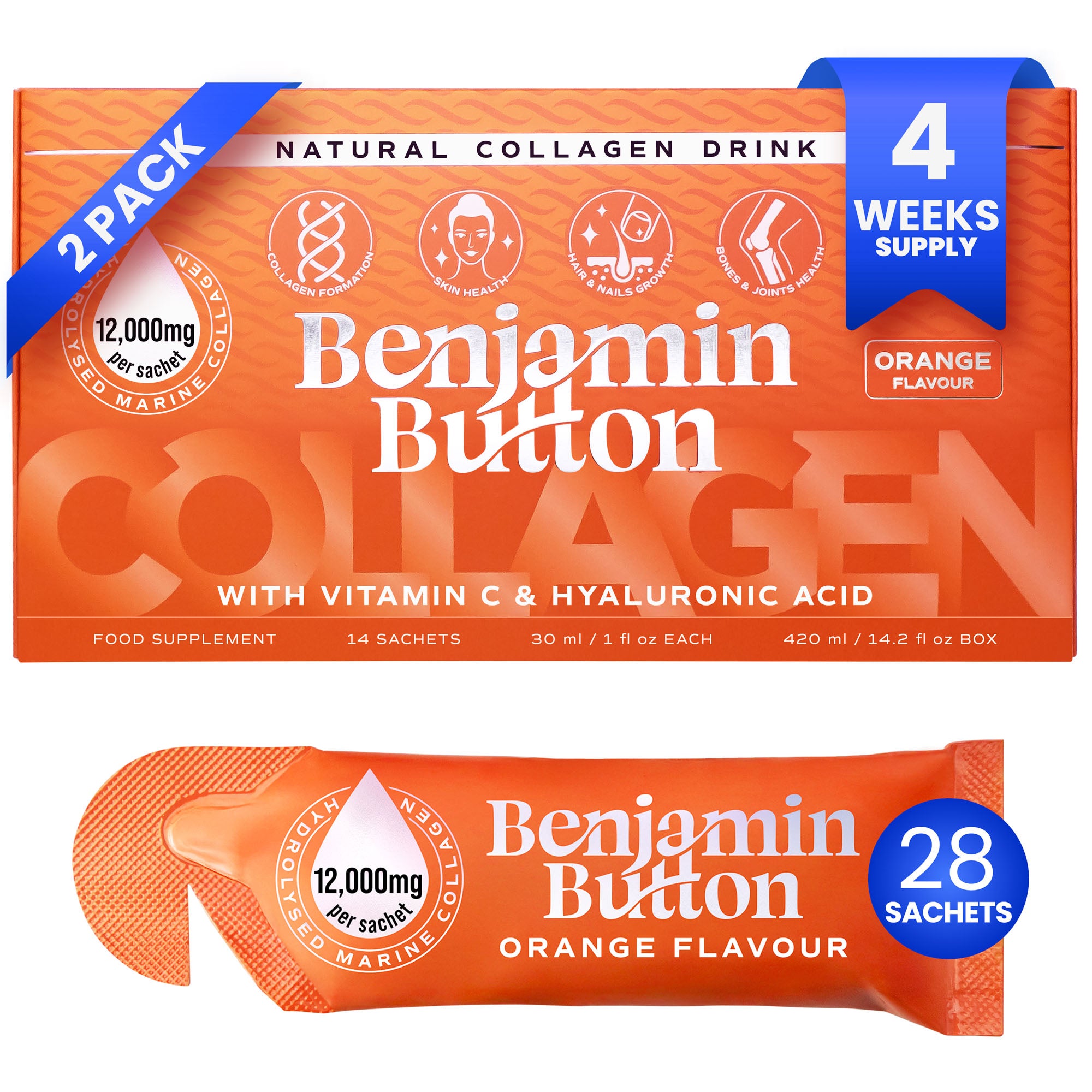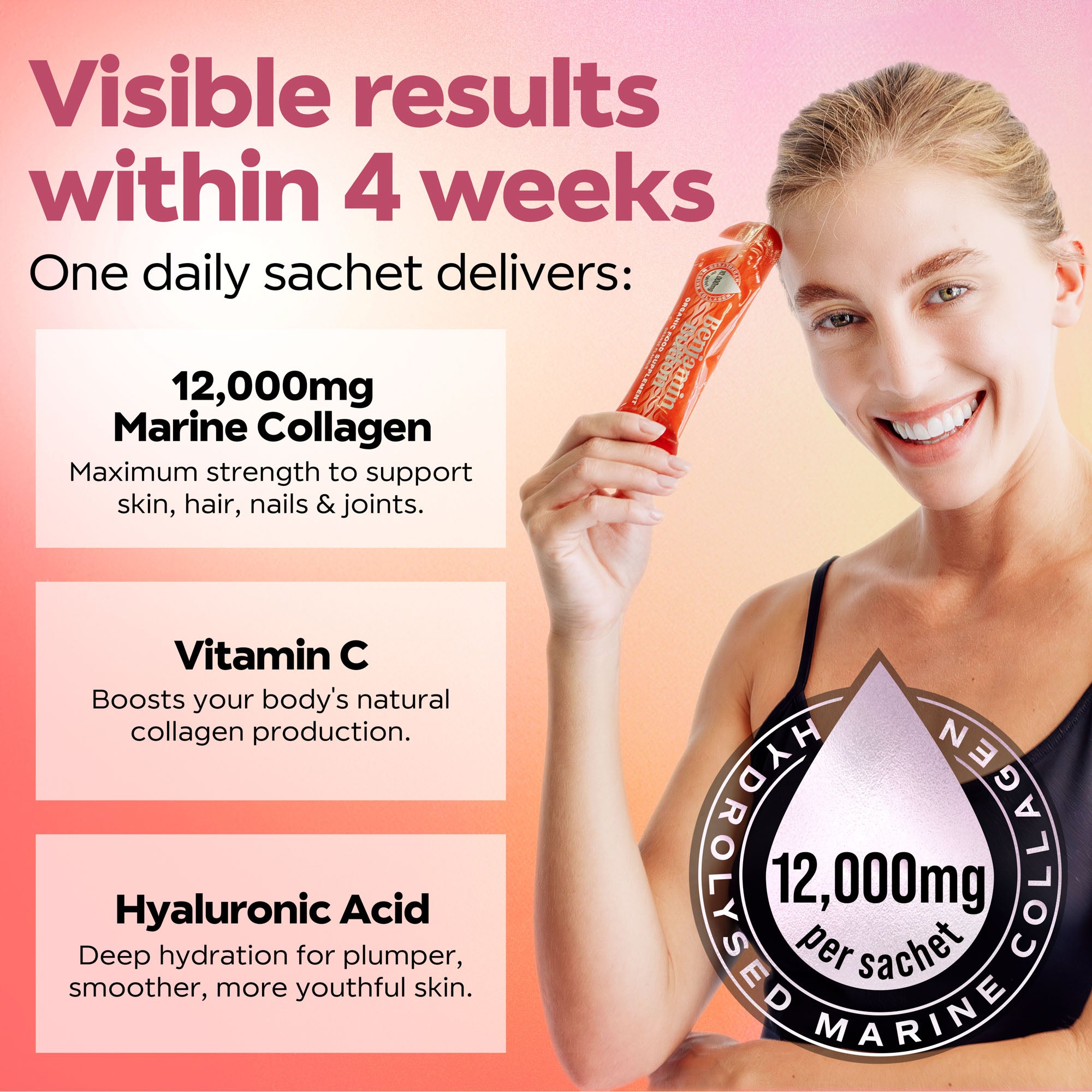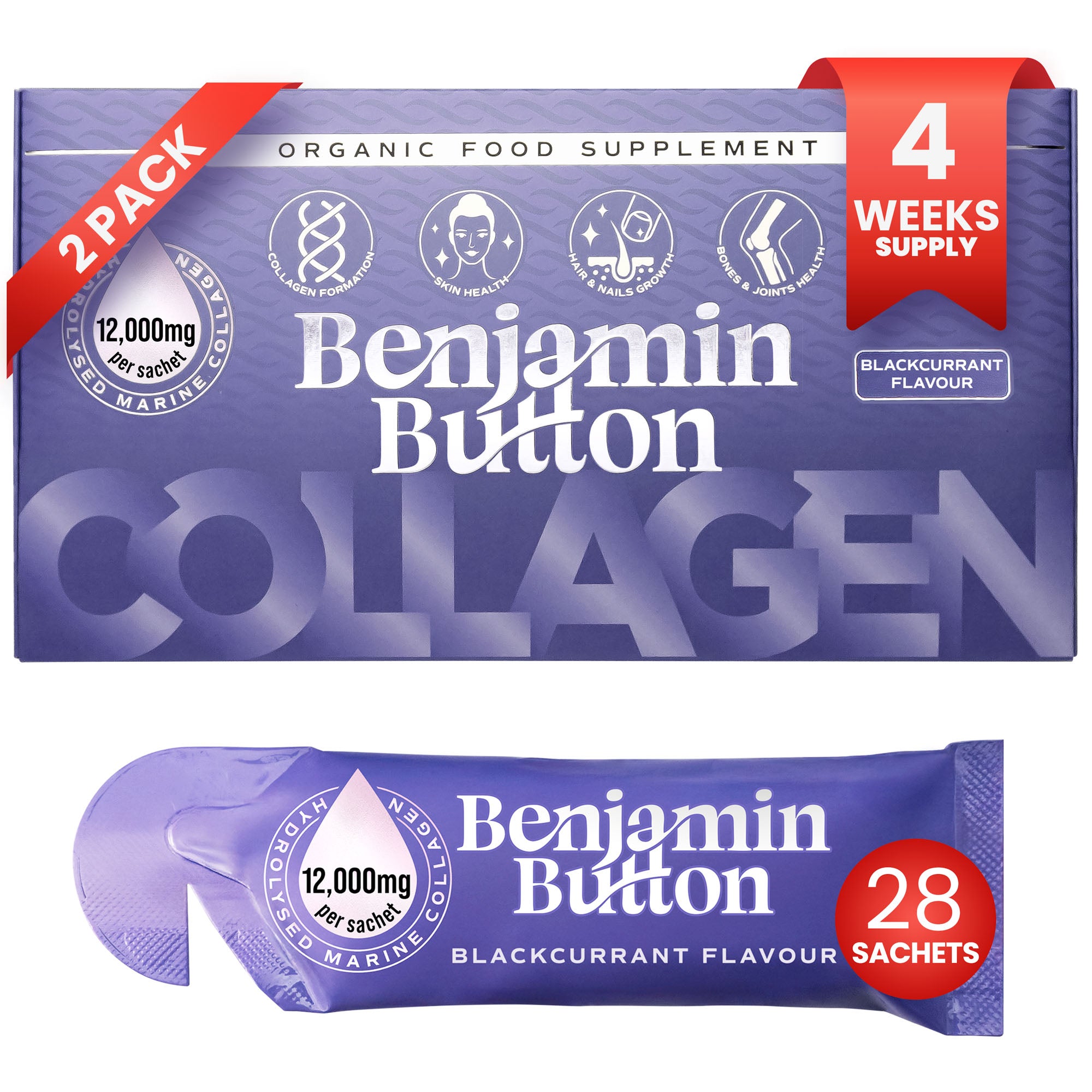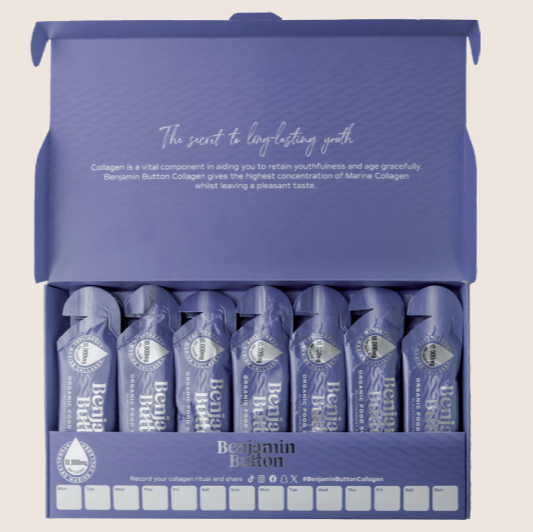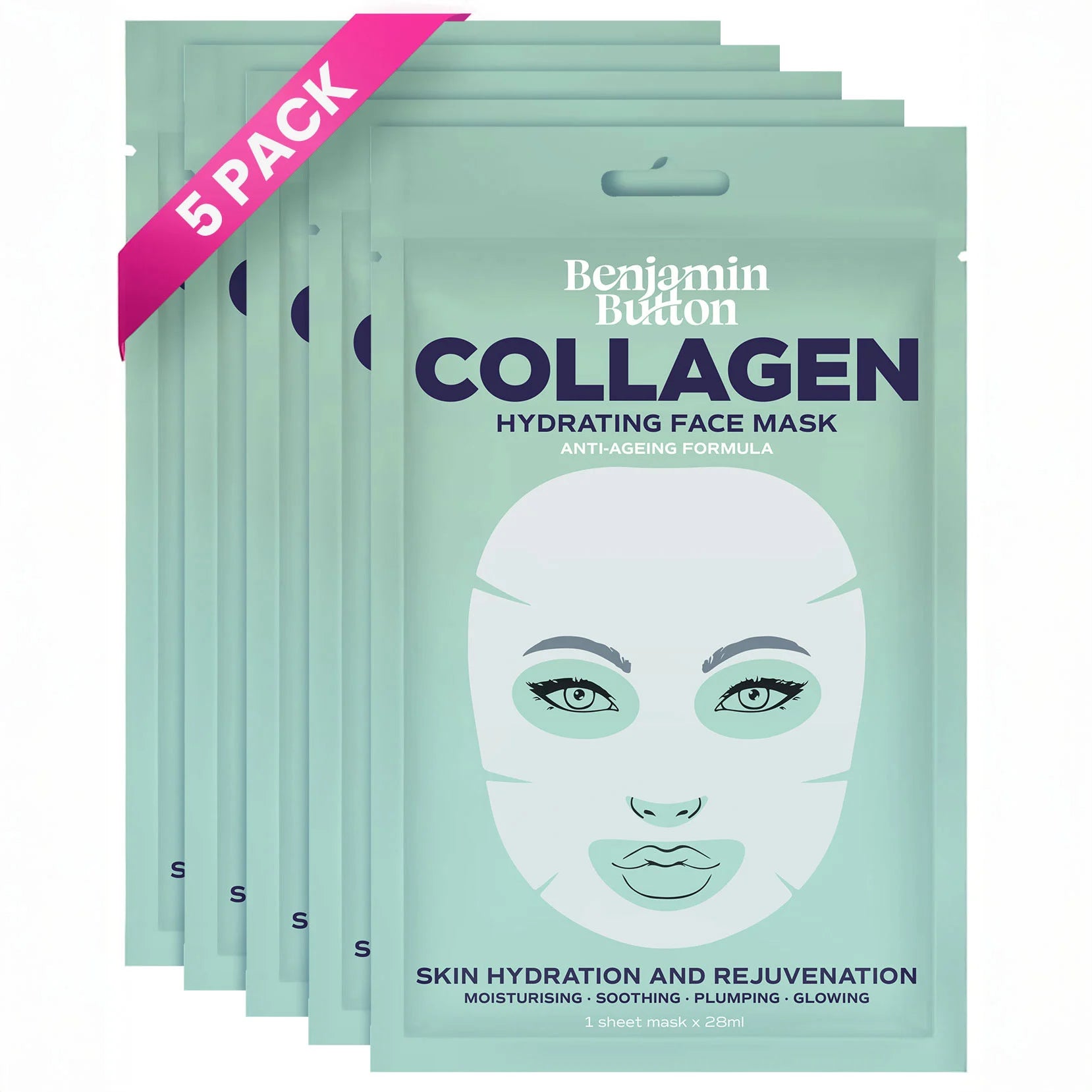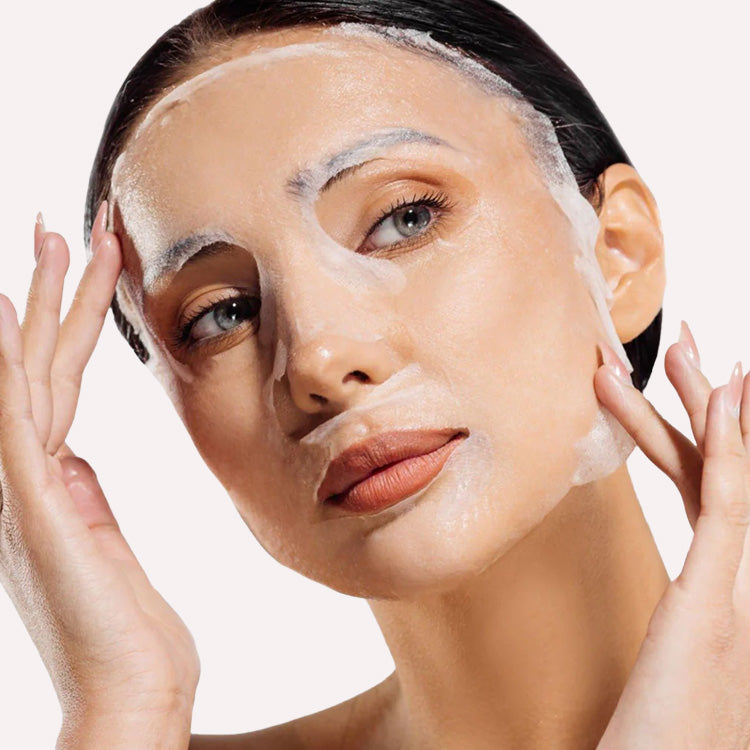The Importance of Quick Cooldowns
Transitioning from the high-energy world of running to relaxation can be challenging. A thoughtful approach to cooldowns can significantly enhance your recovery and wellness. Quick cooldowns serve as a bridge between the intensity of your workout and a state of calm, effectively helping your body return to its resting state. Quick cooldowns are not just a matter of convenience; they are essential for muscle recovery, reducing soreness, and minimising the risk of injuries. This method can be likened to the graceful transitions we see in life, allowing us to move smoothly from one phase to another.Benefits of Quick Cooldowns
Engaging in a quick cooldown routine can provide a multitude of benefits for both your physical and mental well-being. Here are some key advantages:- Muscle Recovery: A rapid cooldown helps in flushing out lactic acid and reducing muscle stiffness.
- Heart Rate Regulation: This practice allows your heart rate to gradually return to its normal state, preventing light-headedness.
- Flexibility: Incorporating stretching during cooldowns can improve flexibility and range of motion.
- Stress Relief: These moments of transition can be used for mindfulness, helping to alleviate stress and anxiety.
- Improved Circulation: Cooldowns promote better blood flow, contributing to overall cardiovascular health.
Effective Quick Cooldown Techniques
Implementing a quick cooldown can be simple and effective with the right techniques. Here are some ways to transition from running to relaxation in mere minutes:1. Gradual Deceleration
As you finish your run, gradually reduce your speed over the last few minutes. This not only helps your heart rate decrease in a controlled manner but allows your muscles to adjust.2. Stretching
Incorporate a series of gentle stretches post-run to alleviate tightness. Focus on major muscle groups that engaged during your run, such as:- Quads
- Hamstrings
- Calves
- Hip flexors
- Lower back
3. Deep Breathing
Integrate deep breathing exercises to help calm your mind and body. Take long, slow breaths in through your nose, expanding your diaphragm, and exhaling through your mouth. This can significantly help in reducing your overall stress levels.4. Hydration
Replenishing fluids lost during exercise is crucial. Consider drinking water or an electrolyte drink to prevent dehydration. This practice not only assists in recovery but also helps cool your body down.5. Mindful Reflection
Spend a few moments to reflect on your run. This not only aids in transitioning to relaxation but also allows you to celebrate your accomplishments, enhancing your overall running experience.Personalised Cooldown Routine
Creating a personalised cooldown routine can maximise the benefits tailored to your specific needs. Consider the following framework:- Time Frame: Dedicate at least 5-10 minutes for a cooldown each time you run.
- Environment: Choose a serene setting, whether it’s at the park or gym, conducive to relaxation.
- Mix Techniques: Experiment with different combinations of stretching, breathing, and mindfulness to discover what resonates best with you.
- Consistency: Make cooldown a non-negotiable part of your routine, as consistency will yield positive results over time.










